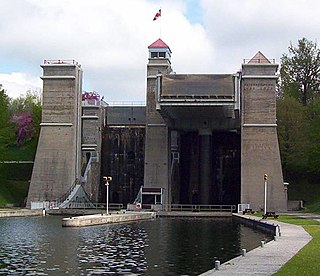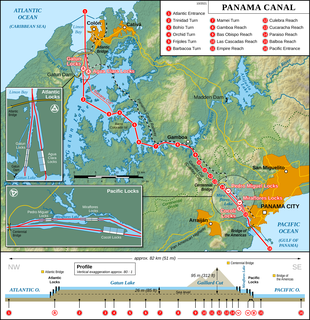
A guillotine lock is a type of canal lock. The lock itself operates on the same principle as any normal pound lock, but is unusual in that each gate is a single piece, usually of steel, that slides vertically upwards when opened to allow a boat to traverse underneath. The resemblance to the French guillotine is obvious.
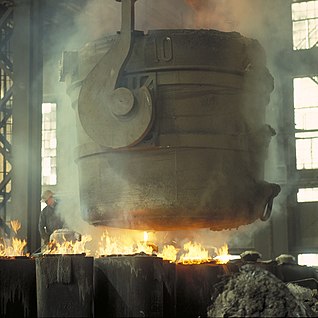
Steel is an alloy of iron and carbon, and sometimes other elements. Because of its high tensile strength and low cost, it is a major component used in buildings, infrastructure, tools, ships, automobiles, machines, appliances, and weapons.

A guillotine is an apparatus designed for efficiently carrying out executions by beheading. The device consists of a tall, upright frame in which a weighted and angled blade is raised to the top and suspended. The condemned person is secured with stocks at the bottom of the frame, positioning the neck directly below the blade. The blade is then released, to quickly fall and forcefully decapitate the victim with a single, clean pass so that the head falls into a basket below.
Guillotine locks are relatively uncommon, but many are found on the waterways of East Anglia. The advantages over the more traditional design are that the lock occupies less space, does not require room to swing open, and is quicker to fabricate and install. It also acts as a tidal lock, able to hold back water whichever side is higher, and can function as a stop lock (for example, Lifford Lane stop lock near Kings Norton Junction). It is mechanically more complex, however, requiring the use of a gantry and overhead lifting gear.

East Anglia is a geographical area in the East of England. The area included has varied but the legally defined NUTS 2 statistical unit comprises the counties of Norfolk, Suffolk and Cambridgeshire, including the City of Peterborough unitary authority area. The name derives from the Anglo-Saxon kingdom of the East Angles, a tribe whose name originated in Anglia, northern Germany.
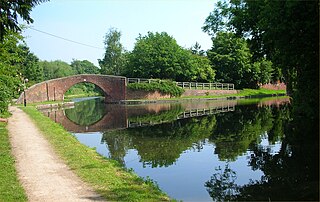
Kings Norton Junction is the name of the canal junction where the Stratford-upon-Avon Canal terminates and meets the Worcester and Birmingham Canal at Kings Norton, Birmingham, England.

A gantry crane is a crane built atop a gantry, which is a structure used to straddle an object or workspace. They can range from enormous "full" gantry cranes, capable of lifting some of the heaviest loads in the world, to small shop cranes, used for tasks such as lifting automobile engines out of vehicles. They are also called portal cranes, the "portal" being the empty space straddled by the gantry.

A significantly larger one can be found at the northern terminus of the Maas-Waal Canal, between Nijmegen and Weurt in the Netherlands. It demonstrates their use when the water level on the outside, the river Waal in this case, may be both higher or lower than the canal level. Here, the water level on the river varies from about 3 metres (9.8 ft) below to about 5 metres (16 ft) above canal level. The four paddles for equalising the water level are clearly visible, but guillotine gates without paddles exist too. In those, the entire gate is lifted a little bit to allow water in or out of the chamber.

Nijmegen is a city in the Dutch province of Gelderland, on the Waal river close to the German border.
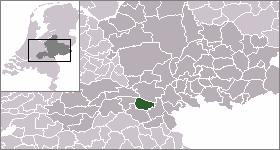
Weurt is a village in the Dutch province of Gelderland. It is a part of the municipality of Beuningen, and lies about 0.1 km West of Nijmegen.

The Netherlands is a country located mainly in Northwestern Europe. The European portion of the Netherlands consists of twelve separate provinces that border Germany to the east, Belgium to the south, and the North Sea to the northwest, with maritime borders in the North Sea with Belgium, Germany and the United Kingdom. Together with three island territories in the Caribbean Sea—Bonaire, Sint Eustatius and Saba— it forms a constituent country of the Kingdom of the Netherlands. The official language is Dutch, but a secondary official language in the province of Friesland is West Frisian.
The Weurt lock has an additional gate near the centre of the chamber. When only a few short boats want to go through the lock, they can use one half the chamber, saving water. Furthermore, when one of the gates is taken out of service for maintenance, the lock can still function at reduced capacity. When open, guillotine gates are completely out of the water, so they can be painted without removing them or draining the lock.










